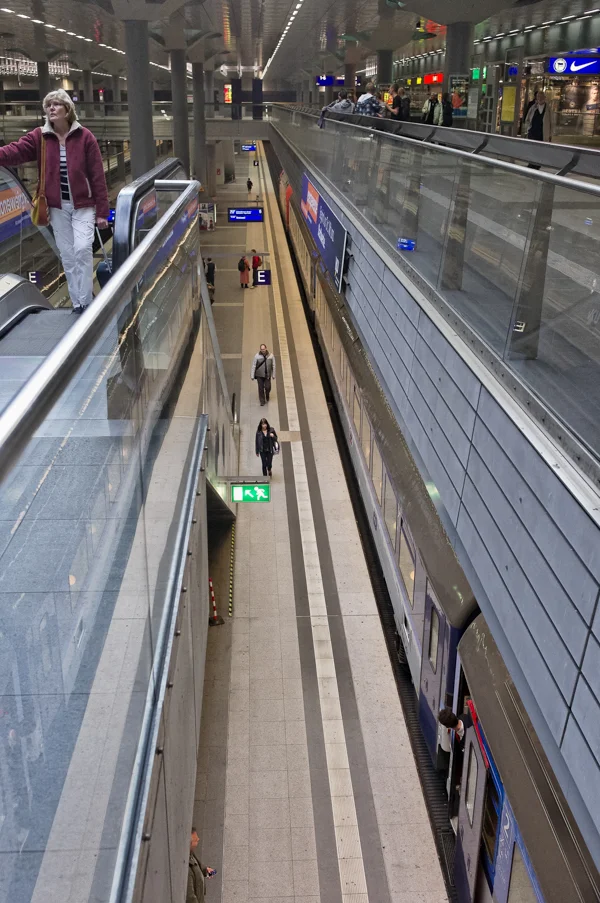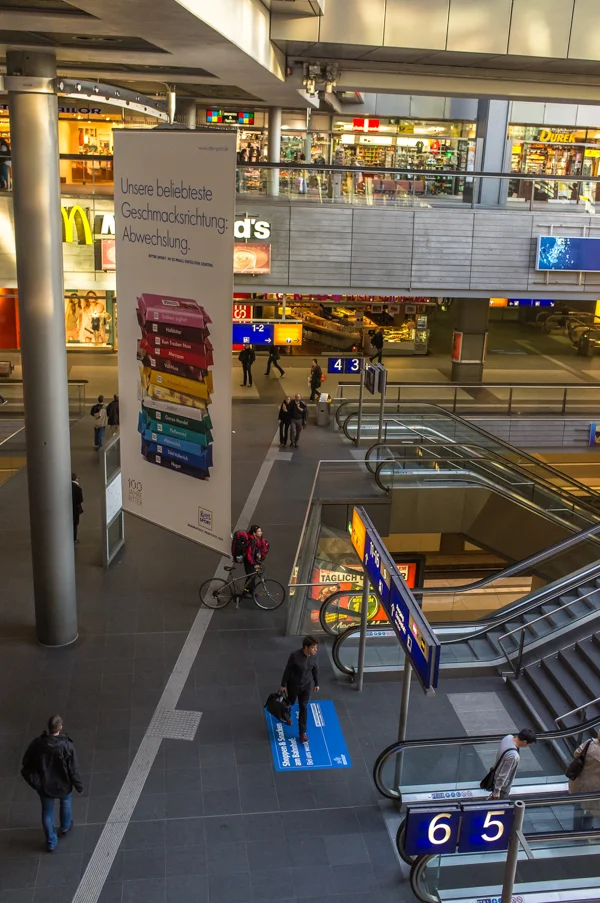3.4
Entering Photo Shows
Berlin















At some point not too long after making that binary decision to be an artist, we realize we have jumped on to the exhibition merry-go-round. We have some photos, we want them to go out into the world and if not bring us riches and fame, at least help to justify all the money headed out the door. We can easily picture the result of leaning over from the big white wooden horse to grasp the brass ring: we have all visited a large city museum with half a dozen rooms dedicated lovingly to that one-person retrospective, hard bound catalogues flying off the shelf at $75 a pop. Gallerists clambering for coordinated exhibitions. And we see ourselves mixing with the curators, collaborating on the installation design. And we see it happening quite soon, actually, and well deserved at that.
You may not envision quite clearly hanging on by your fingertips to a striped pole, not a single animal to ride on, not even a hog, so let me be your tour guide. The starting place often, the bottom, isn't a rented booth space at a craft show with racks of shrink wrapped single-ply matted prints, nor is it the hallway or meeting room at your local library or Masonic temple, lit from where ever the windows aren't covered with announcements. These are positively classy by comparison to the actual bottom.
We are talking here about the county fair photo exhibition - pay $5 per print to enter a matted or framed photo, have it hanging on a chicken wire partition ten days in an August barn with the pickled veggies finalists, a few taxidermy rodents, and the Four-H club tri-panel exhibit on calf raising. See if you win a blue ribbon printed 'Best in Show'.
I can't guide you from the point of view of a prospective exhibitor, but better - from the inside POV of a judge. That is, Brenton Hamilton, historian and expert in antique processes, and I couldn't think of an excuse fast enough when asked by Elizabeth Greenberg, our colleague and boss at MMW+C. She had been asked, but had better things to do than go to the county fair grounds the day before opening.
We were met by the exhibit space operators and a barn full of tables, walls and temporary partitions full of stuff. The kind of fair stuff you assumed had been left far behind in the age of smart phones. Dillybeans? There must be an app for that.
We are each handed a thick bundle of gold, red, and blue ribbons and left alone. Here we are, two art-schooled MFAs educated in the esoterics of the pre-modern and post-modern eras, walking up and down aisles crammed from knee to just reachable with red flowers in red matts, bees posing on petals (just the slightest bit out of focus), kittens napping in a dusty, sunny spot (too dark), a sepia toned broom in a corner (too light). We are almost hysterical, making snide, superior, asides about the rubes' photos, doing our level best to find a few worth honoring with ribbons of each color. In focus? worth a red. Not dead center? gold. Calendar-pretty pups or that rusted old Ford? Blue, for sure. In maybe 200 photos we struggled to give a dozen ribbons without shaming ourselves. Maybe. Generously, 15.
We are approached by dour faces. We do not understand. The exhibition business model is explained to us. All of these people, mostly children and the retired, have paid an entrance fee for each picture. If they don't win ribbons, they might not enter next year, won't be paying the fee, won't be putting food on the operators' kitchen table, might even withhold their dillybeans. Award winning dillybeans. Please try again, understanding our plight and plea. Heads down, we return to the scene of the many photocrimes. Glad that our names aren't anywhere, we go on a spree, ribbons flying out of our hands.
My advice is to always be cautious about entering where there's a fee, and never enter where the display hall smells like horses.